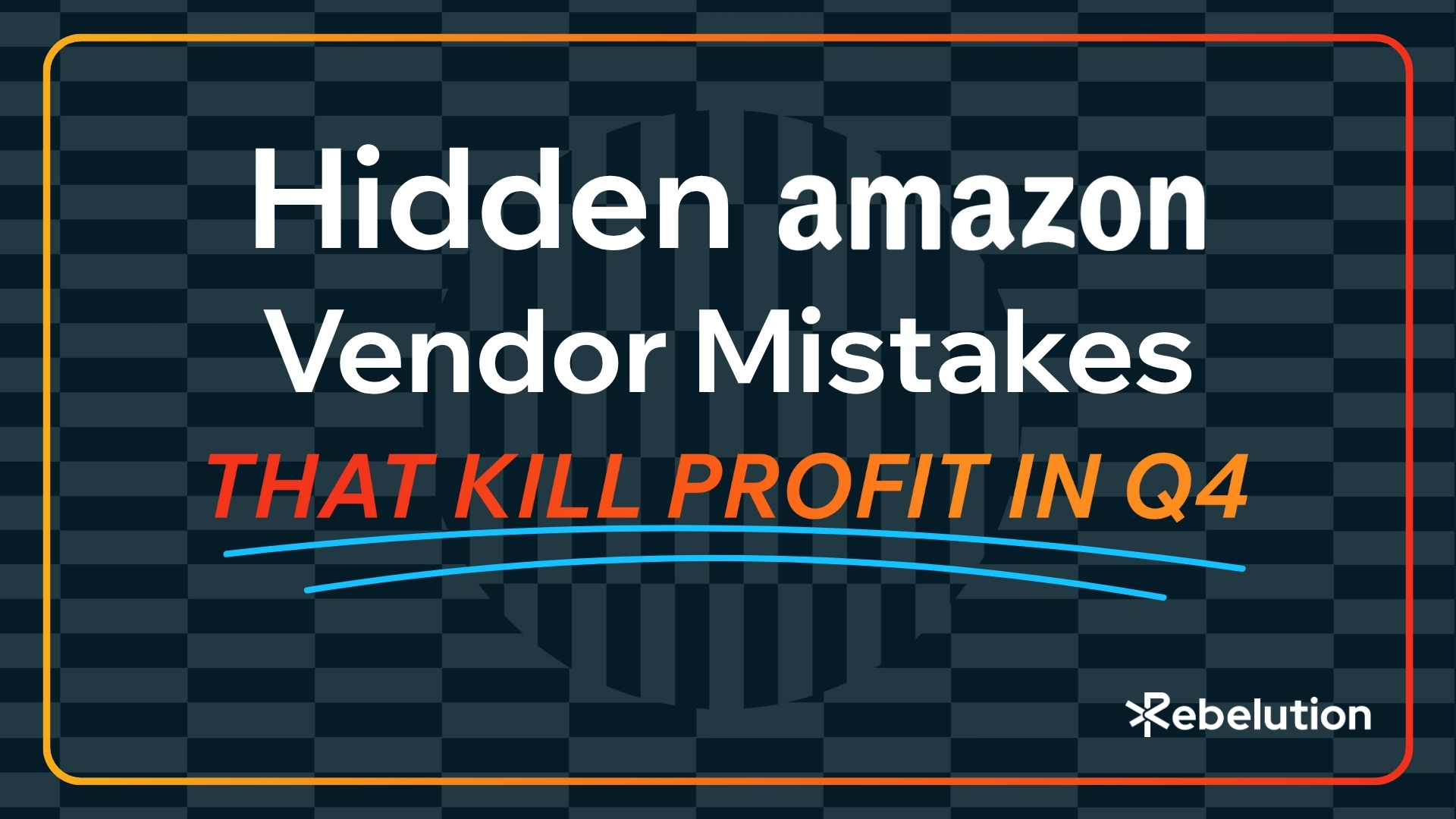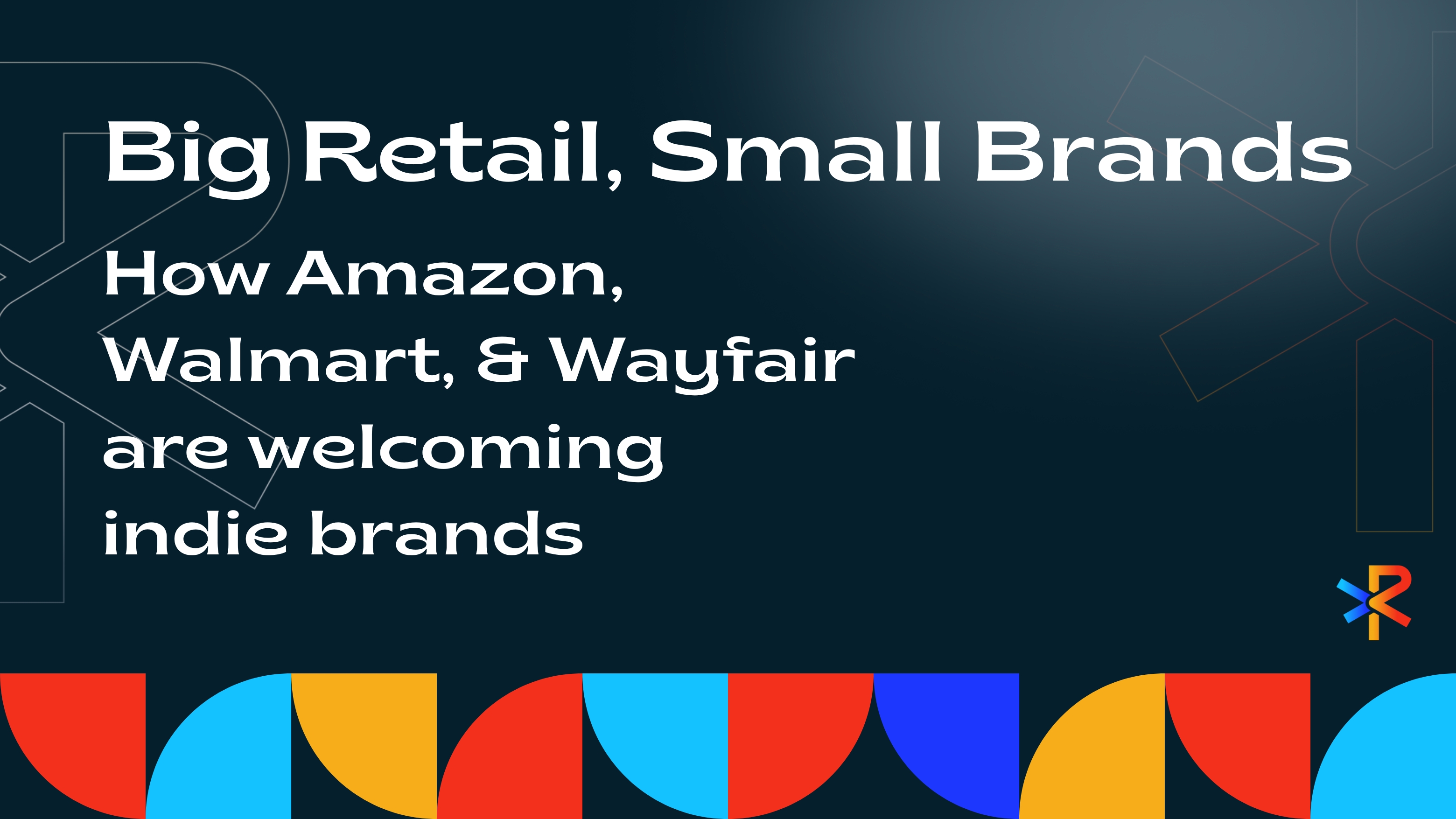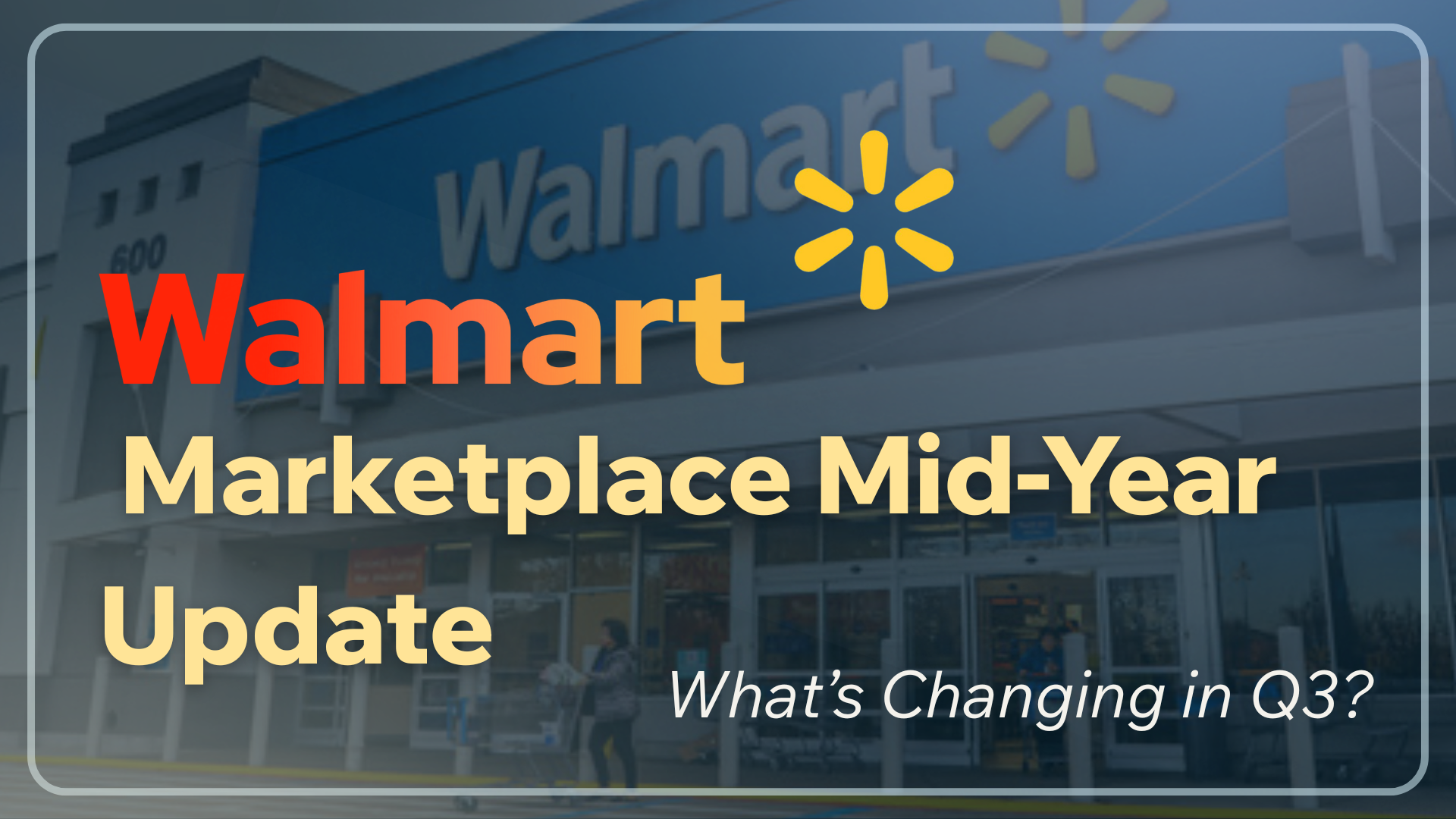The rise of online marketplaces like Amazon, Walmart, Wayfair, and others has revolutionized retail, giving brands access to millions of customers. But this exposure comes with a serious downside: copycat sellers and counterfeiters. These bad actors damage brand reputation, steal sales, and mislead consumers — often using your own product listings and images. In today’s digital marketplace, brand protection for e-commerce is not optional. It’s essential for maintaining trust and staying competitive.
According to studies, counterfeit goods account for over $500 billion in global losses each year. Worse yet, customers often blame the original brand — not the platform — when they unknowingly purchase fake goods. Shoppers encountering counterfeits on Amazon or Walmart may lose confidence in your brand altogether. This is why brand protection for e-commerce needs to be a proactive, ongoing strategy — not just a reaction when problems arise.
Each major e-commerce platform offers tools for brand enforcement. On Amazon, the Brand Registry is the first and most critical step. It gives you control over product listings, access to tools like Project Zero, and automated protections that detect and remove infringing content.
Walmart also allows IP rights holders to report violations. While Walmart doesn’t have an equivalent to Amazon’s Brand Registry, they take counterfeiting seriously and have processes in place for IP complaints. Gaining the Pro Seller Badge helps authorized sellers stand out, indirectly supporting your protection efforts.
Platforms like Wayfair, Lowe’s, Home Depot, and Overstock also maintain brand integrity policies. These marketplaces allow brands to report fakes or unauthorized sellers, and often respond quickly when supported by proper documentation.
While marketplaces offer internal protections, they don’t cover every channel. That’s where third-party solutions like Red Points, BrandShield, and MarkMonitor come in. These services monitor thousands of sites, social platforms, and marketplaces using AI to detect violations. They then automate takedowns, track repeat offenders, and provide actionable data. For brands selling across multiple platforms, these services are indispensable to a comprehensive brand protection for e-commerce strategy. Red Points, for example, boasts a 95% enforcement success rate and scans over 5,000 websites daily. Using a platform like this helps brands tackle threats at scale—whether on Amazon, rogue Shopify stores, or even social media.
Successful brand protection for e-commerce relies on consistent monitoring. Brands should schedule regular audits of their product listings across platforms. Set up alerts or use monitoring software to flag suspicious sellers or price discrepancies.
A crucial tactic is the test buy — purchasing a suspicious product to confirm whether it’s counterfeit or unauthorized. This provides strong evidence when reporting to platforms. Be sure to document everything: product pages, seller names, delivery details, and differences from your original product.
Enforcement should be swift and persistent. Use cease-and-desist letters where appropriate, and follow up with platforms if takedowns aren’t processed quickly. A paper trail of reports and correspondence can support escalations or legal actions if necessary.
In more serious cases, legal measures can be a powerful deterrent. This includes trademark infringement lawsuits, cease-and-desist notices, and collaboration with enforcement units like Amazon’s Counterfeit Crimes Unit.
If a seller disputes your takedown claim on Amazon, for instance, you may be required to file a legal complaint to keep the product removed. Having registered trademarks, copyrights, and design patents makes this process smoother and more defensible.
You can also protect your brand by recording IP with U.S. Customs. This enables border agents to intercept counterfeit shipments before they reach consumers — an often overlooked but valuable component of brand protection for e-commerce.
Brands selling online face relentless threats from counterfeiters and unauthorized sellers. But with the right combination of marketplace tools, third-party monitoring, and legal action, you can defend your brand effectively. Implementing a proactive strategy for brand protection for e-commerce not only shields your sales but reinforces customer trust.
As platforms evolve and bad actors get smarter, staying ahead means being vigilant, strategic, and persistent. Invest now in the tools and systems that protect your reputation — because in today’s digital economy, your brand is your most valuable asset.

Meghan is a digital marketing specialist and analyst at Rebelution eCommerce, focusing on internal strategies. With a strong background in market analysis and initiative development, she enhances internal communications and ensures marketing efforts align with business goals. Her strategic approach improves the efficiency and impact of Rebelution’s marketing operations.



Experts expect the slowest U.S. holiday growth since the pandemic—even as online sales rise. See the Black Friday sales forecast, what’s driving competition on Amazon, Walmart, Lowe’s, Home Depot, Wayfair, and how to win.


The biggest Amazon vendor Q4 mistakes aren’t what you think. Learn the hidden operational, financial, and data traps that quietly destroy holiday margins.


Learn how Amazon, Walmart, and Wayfair empower small business ecommerce brands with tools, reach, and growth opportunities.


Explore how Evolution Outdoor, in partnership with Rebelution, achieved a remarkable 65% increase in year-over-year sales...

.jpg)
Explore how Evolution Outdoor, in partnership with Rebelution, achieved a remarkable 65% increase in year-over-year sales...


Explore how Evolution Outdoor, in partnership with Rebelution, achieved a remarkable 65% increase in year-over-year sales...


